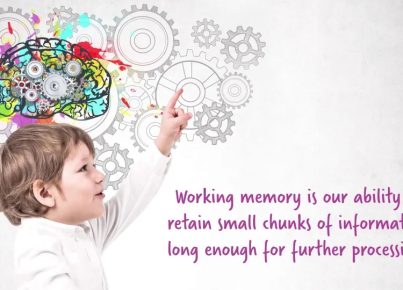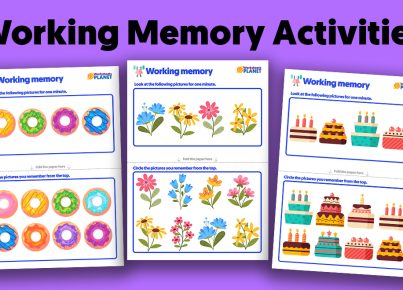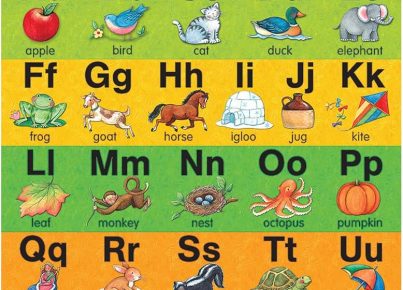Introduction:
Facial expressions are an essential aspect of human communication. They convey a wide variety of emotions, from happiness and excitement to fear and anger. By learning to interpret facial expressions accurately, we can gain a deeper understanding of the emotions people are experiencing and enhance our interpersonal interactions.
The link between facial expressions and emotions:
Charles Darwin, a pioneer in evolutionary biology, was the first to suggest a connection between emotions and facial expressions. In his book “The Expression of the Emotions in Man and Animals,” he argued that different emotional states produce specific facial expressions regardless of cultural differences.
Over time, this idea has been supported through extensive research. Psychologist Paul Ekman is one researcher who has long studied the subject. In his studies on facial expressions, he identified six universal emotions linked to distinct facial expressions: happiness, sadness, anger, surprise, fear, and disgust.
Interpreting common facial expressions:
1. Happiness:
A genuine smile is perhaps the most easily recognizable expression of happiness. The eyes typically squint slightly, creating crow’s feet at the outer corners, while the corners of the mouth turn upwards. The entire face seems to light up when someone is genuinely happy.
2. Sadness:
Sadness is often visible through drooping eyelids and eyebrows, a lowered gaze, downturned corners of the mouth, and a possible quivering of the lips. A general sense of heaviness or weighed-down appearance can also characterize this emotion.
3. Anger:
Angry facial expressions often involve narrowed eyes with furrowed or lowered eyebrows. The lips may be pressed together tightly or even show clenched teeth. The nostrils might flare slightly or become more pronounced due to tensed muscles in that area.
4. Surprise:
Surprise is frequently exhibited through widened eyes with raised eyebrows as if attempting to take in more information visually. The jaw may drop slightly, and the mouth can be open in an “O” shape.
5. Fear:
Fearful facial expressions typically involve widened eyes, raised eyebrows, and a slightly open mouth. The forehead may appear wrinkled, and the lower face may shrink back, revealing the person’s underlying emotional state.
6. Disgust:
Disgust is commonly expressed through a scrunched-up nose and elevated upper lip. The eyes might squint slightly or roll upwards, and the mouth may be closed or pulled back tightly.
Cultural influences on facial expressions:
While there are universal facial expressions, some aspects of facial expression interpretation can be affected by cultural factors. For example, different cultures have their unique ways of expressing emotions like shame or embarrassment. Therefore, it’s essential to consider cultural context when interpreting facial expressions.
Developing your skills in interpreting facial expressions:
Becoming proficient in interpreting facial expressions takes time and practice. Some effective methods include taking courses on body language, observing people in various settings, or even watching movies with the sound turned off to focus solely on the characters’ faces.
Conclusion:
Interpreting facial expressions is a skill that can provide valuable insights into others’ emotions and enrich our social experiences. By learning to recognize the universal expressions of happiness, sadness, anger, surprise, fear, and disgust, we can communicate more effectively and enhance our understanding of our fellow human beings.





